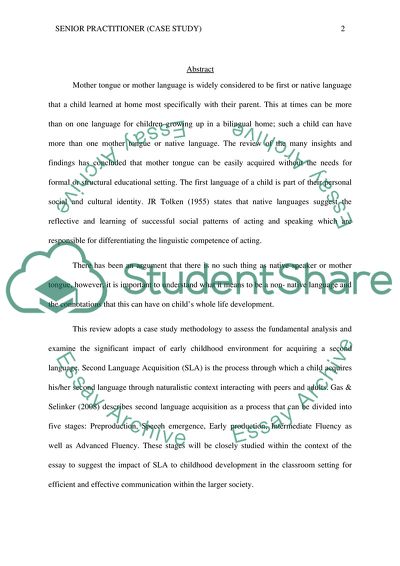Cite this document
(Learning through Play for Babies, Toddlers and Young Children Research Paper, n.d.)
Learning through Play for Babies, Toddlers and Young Children Research Paper. Retrieved from https://studentshare.org/education/1877000-supporting-a-child-with-english-as-an-additional-language
Learning through Play for Babies, Toddlers and Young Children Research Paper. Retrieved from https://studentshare.org/education/1877000-supporting-a-child-with-english-as-an-additional-language
(Learning through Play for Babies, Toddlers and Young Children Research Paper)
Learning through Play for Babies, Toddlers and Young Children Research Paper. https://studentshare.org/education/1877000-supporting-a-child-with-english-as-an-additional-language.
Learning through Play for Babies, Toddlers and Young Children Research Paper. https://studentshare.org/education/1877000-supporting-a-child-with-english-as-an-additional-language.
“Learning through Play for Babies, Toddlers and Young Children Research Paper”, n.d. https://studentshare.org/education/1877000-supporting-a-child-with-english-as-an-additional-language.


